Melidonion is located near Mount Kouloukonas at an altitude of 100 meters. The village holds great historical significance, with references to its name dating back to documents from 1379. During the Venetian era, it was considered one of the largest villages in Mylopotamos. The name Melidonion is believed to originate either from the Byzantine surname Melidonis or from the substantial local honey production (“meli” meaning honey in Greek). The village was the birthplace of Antonis Melidonis, a prominent military leader during the Greek War of Independence in Crete.
Administrative Information
Melidonion was officially recognized as a settlement in 1925 and designated as the seat of the newly established community of the same name. According to the Kallikratis program and the Kleisthenis I program, Melidonion, along with the settlements of Vlychada, Exantis, and Bali, forms the community of Melidonion, which belongs to the municipal unit of Geropotamos in the Municipality of Mylopotamos. As of the 2011 census, the community has a population of 573.
The Cave and the Village’s Growth
The presence of Melidonion is closely linked to the nearby Melidoni Cave. Excavations in the cave revealed its habitation by prehistoric humans, followed by its use as a sacred site for the worship of the giant Talos and later, as indicated by an inscription at the cave’s entrance, the worship of Talaios Hermes.
The area around the cave was initially settled by shepherds. According to local tradition, a shepherd once lost a goat and found it drinking water from a small spring at the location of the present-day village square. A well, now known as the “royal well,” was dug at this spot to provide water for the inhabitants. Over time, each household had its own well, with 103 such wells still surviving today. The village’s proximity to the sea and Rethymno contributed to its growth and development.
Population data over the years
The demographic trajectory of Melidonion has experienced fluctuations throughout its history. While specific population data for earlier periods might be limited, available records provide insights into the village’s demographic changes over time. During its peak, Melidonion was a bustling community with approximately 780 residents living in 195 families. However, like many rural areas, the village has faced challenges such as urbanization and emigration, leading to a decline in population. As of the 2011 census, the community of Melidonion, which includes the nearby settlements, has a population of 573.
Current Status
Today, Melidonion stands as a vibrant village, deeply connected to its historical roots and cultural heritage. It serves as the Historical Capital of the Municipality of Mylopotamos, a testament to its significant role in the region’s past.
The Melidoni Cave remains a central attraction, drawing visitors from around the world who come to explore its natural beauty and learn about its historical significance. The cave’s tragic past during the Greek War of Independence serves as a poignant reminder of the sacrifices made by the Cretan people in their struggle for freedom.
Agriculture continues to be a vital part of the village’s identity, with residents cultivating olives, grapes, and other crops. The village’s picturesque setting, historical landmarks, and strong sense of community make it an appealing destination for those seeking an authentic Cretan experience.
Village Key Points
-
Historical References: Melidonion’s history spans centuries, with documented references dating back to 1379. The village played a role in the Greek War of Independence and the Cretan struggle for autonomy. The Melidoni Cave holds historical and archaeological significance, serving as a place of worship and refuge in the past.
-
Location: Melidonion is situated near Mount Kouloukonas in the Mylopotamos region, 32 kilometers west of Rethymno and 11 kilometers northeast of Panormos.
-
Dimensions: The village itself is moderately sized, but its community includes nearby settlements, bringing the total population to 573.
-
Historical Significance: Melidonion holds historical importance due to its role in key events like the Greek War of Independence and the Cretan struggle for autonomy. The Melidoni Cave is a significant historical and archaeological site.
-
Population Data Over the Years: The village’s population has fluctuated over time, with a peak of around 780 residents in the past. The current population of the community, including nearby settlements, is 573.
-
Current Status: Melidonion is a vibrant village with a strong connection to its history and traditions. It serves as the Historical Capital of the Municipality of Mylopotamos and is recognized for its cultural heritage. The Melidoni Cave is a major tourist attraction, and agriculture remains an essential part of the local economy.
Access
Melidonion is 16.3 kilometers away from the town Anogeia and 3.4 kilometers away from Perama.

















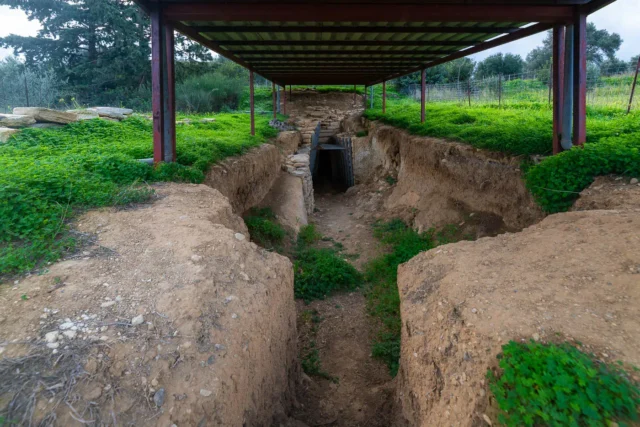
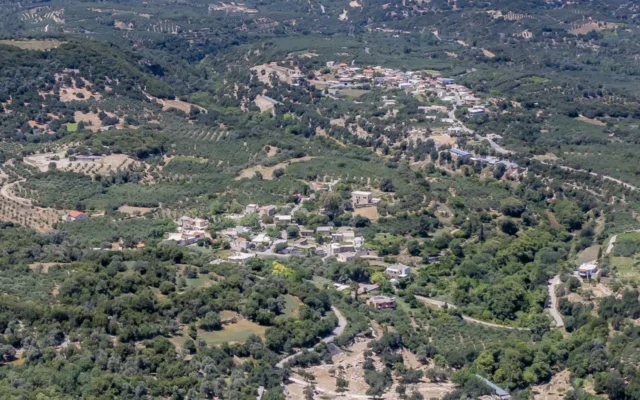

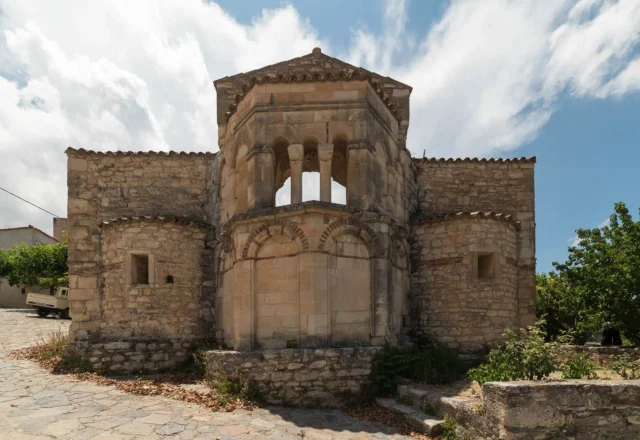
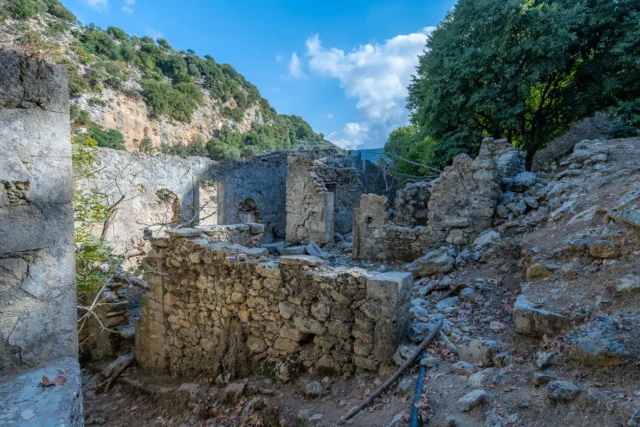
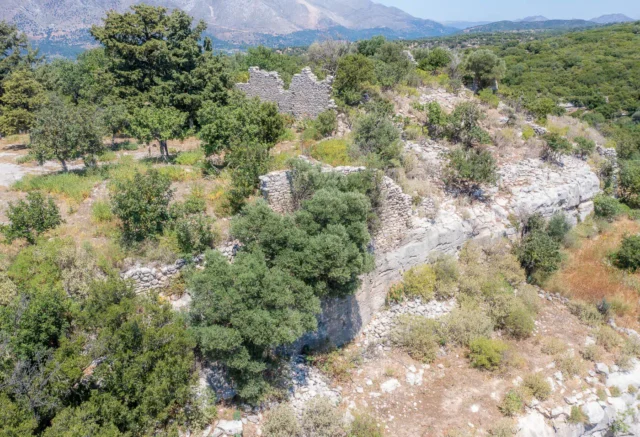

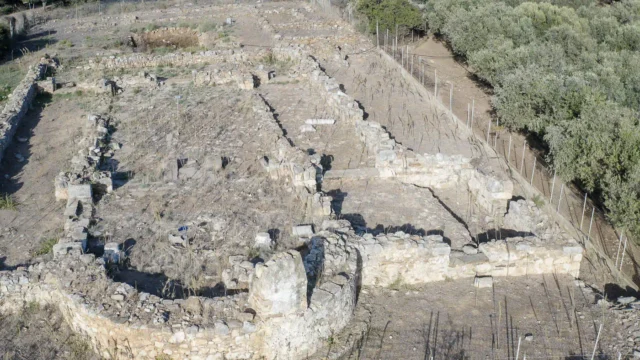
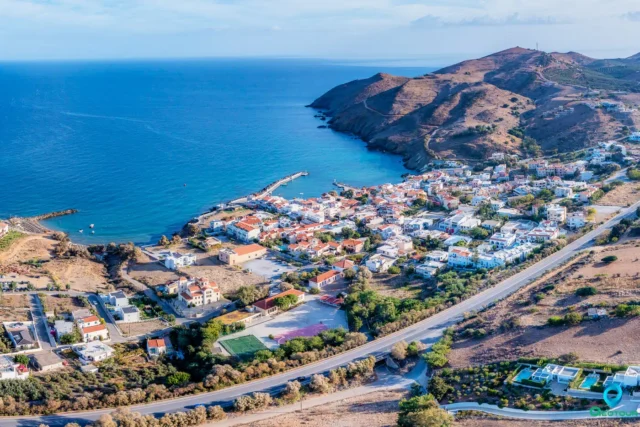
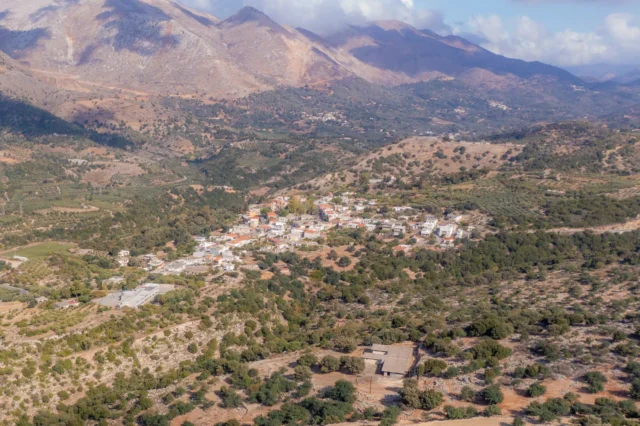

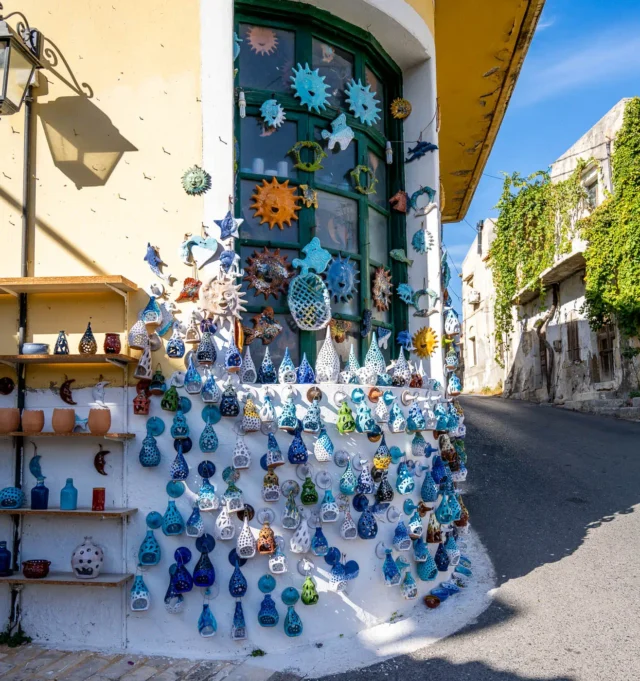
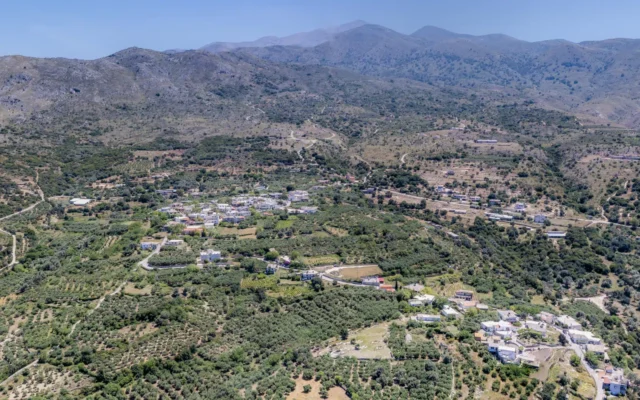

There are no comments yet.